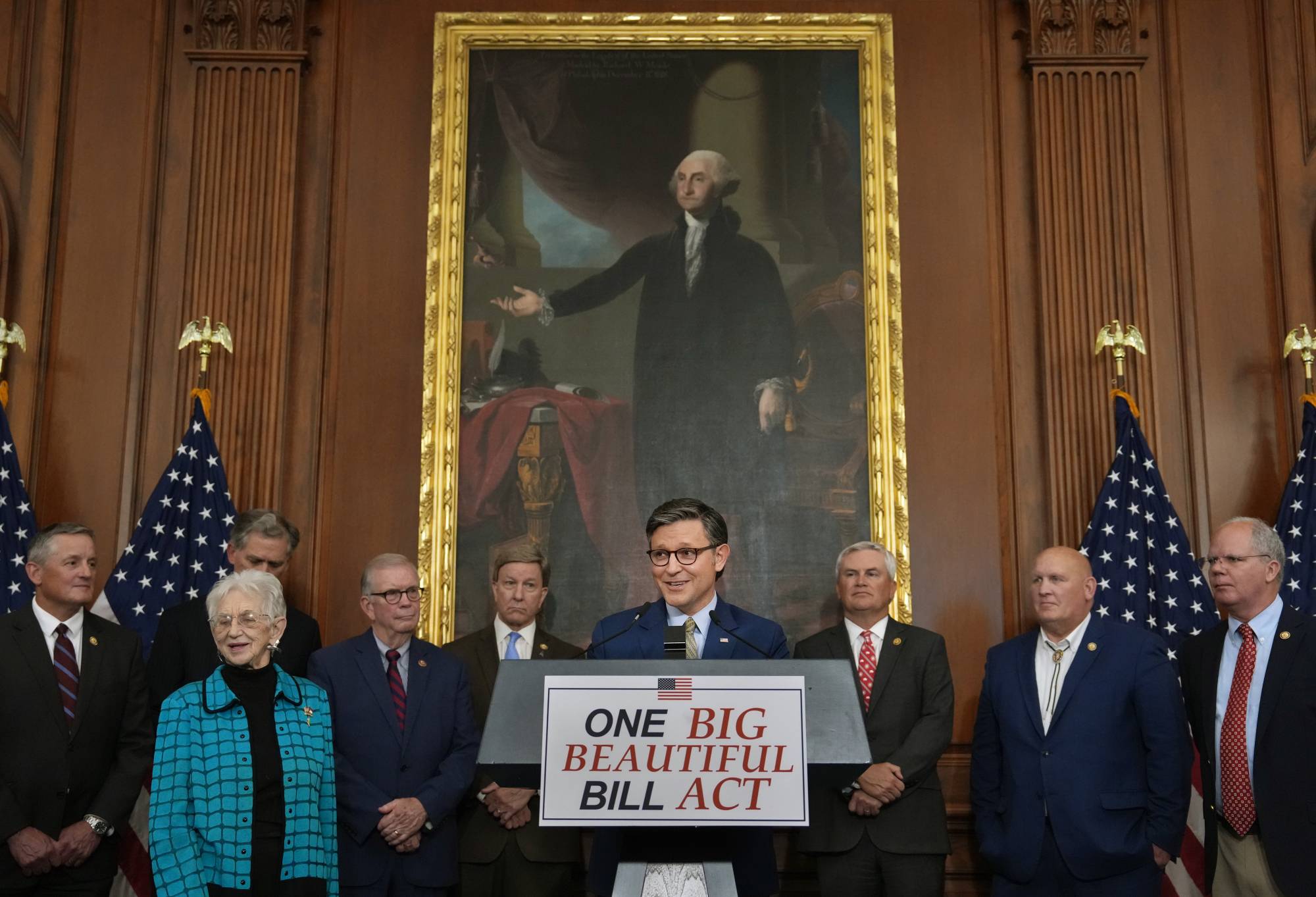As the state faces a growing deficit, Newsom and the state Legislature agreed to freeze Medi-Cal enrollment for undocumented immigrants who are 19 and older at the start of 2026. Then, on July 1, Medi-Cal will stop covering dental services for both undocumented individuals and those with an immigration status the state considers “unsatisfactory.”
These cuts put at risk the yearslong work to improve health care access among the state’s undocumented community, said Adriana Ramos-Yamamoto, senior policy analyst at the California Budget and Policy Center.
“All of this progress is now under threat because of our own state budget deficit,” she said, adding that lawmakers in Sacramento are now under greater pressure as the federal government cuts down on funding for state programs. “We currently do not have the funding to help backfill any loss in federal funds.
“We really need state leaders to take bold action to equitably raise revenues to help mitigate the impact of these federal funding cuts to our state and Medi-Cal specifically.
Dec. 31, 2026:
States begin to roll out new Medicaid eligibility rules
When then-President Barack Obama signed the Affordable Care Act in 2010, it allowed adults ages 19–64 with incomes below 138% of the federal poverty level to qualify for Medicaid. Since then, over 21 million adults have enrolled nationwide, including 5 million in Medi-Cal.
Under the OBBB, states must implement new eligibility requirements for this “expansion population”:
- Individuals will now have to go through the Medicaid renewal process with their county’s health and human services agency every six months, instead of once a year.
- Able-bodied adults without dependents must work, attend school classes or do community service for at least 80 hours each month. There are several exceptions, including if your state’s unemployment rate rises above 8%.
This will mean a lot more paperwork for both Medi-Cal recipients and the county offices managing these requirements, UC Irvine’s Roby said. “You could have somebody working two different jobs, but they don’t see the email coming from their eligibility office or maybe they changed addresses,” he said. “Because they don’t turn in proof that they’re working, they could lose their coverage.”
Individual states and counties will have two years to fully implement these changes, said Hunn from CalOptima Health, who added that his team will be working with Orange County officials to make sure that their members are aware of all the new forms they need to complete. “So they know when to look for certain envelopes,” he said, “and that they understand they have X number of days to complete that application redetermination package and turn it in.”
 US Speaker of the House Mike Johnson (R-La.) speaks to the media after the House narrowly passed a bill forwarding President Donald Trump’s agenda at the US Capitol on May 22, 2025, in Washington, DC. (Kevin Dietsch/Getty Images)
US Speaker of the House Mike Johnson (R-La.) speaks to the media after the House narrowly passed a bill forwarding President Donald Trump’s agenda at the US Capitol on May 22, 2025, in Washington, DC. (Kevin Dietsch/Getty Images)
Jan. 1, 2027:
Higher premiums for undocumented immigrants on Medi-Cal
As part of this year’s state budget deal, Medi-Cal recipients ages 19–59 with an immigration status the state considers “unsatisfactory” — which includes both undocumented immigrants and those with a temporary status — will have to pay a $30 monthly premium starting in 2027.
Pregnant people will be exempt.
If someone misses three consecutive premium payments, they will be dropped from their coverage — and because of the 2026 enrollment freeze, they would be unable to reenroll.
Oct. 1, 2028: Minimum copays begin at the national level
The OBBB will also require Medicaid recipients in the “expansion population” to begin paying copays for medical care or services. States will set their own copays, but the OBBB requires the amount to be between $1 and $35 per service. There is an exception to this rule: copays are not required for primary care and services for mental health or substance use disorders.
Another caveat: The total amount that someone pays in copays in one year cannot exceed 5% of their income. This could make things confusing for individual states, Roby said.
“The state would have to track how much people are spending out of pocket on their cost sharing in order to make sure they don’t hit the 5% level,” he said.
